By Islam El Shazly
The Egyptian cuisine is not very fancy; it is not as elaborate as French or Italian cuisine and not as heavy as some of the food in the Arabian Gulf, it also doesn’t rely on a massive amount of spices. It is very simple, and this simplicity is what makes it very tasty.
A lot of the food on the menu relies heavily on vegetables and legumes rather than meats, same as it has been for millennia, mainly because veggies are much cheaper than meat. However, you will find that a lot of items on the list below are very much of the meat variety, after all, a balanced diet of meat and vegetables does wonders for the body.
This list is not exhaustive, it might even be missing a thing or two, but it has the ones that are most easily accessible to everyone, whether they were tourists or residents.
Like the drinks and the desserts, the foods chosen can be found all over Egypt north to south, how heavy or different they are depends largely on which region you are in the country. Each region adds its own unique flavour or twist to the recipe.
Bon Appetite.
1. Ful wa Ta’meya (Fava Beans and Falafel):
Ful mudammas and Ta’meya are the original Egyptian fast food; they are a staple of the Egyptian diet. The ful (pronounced: fool) is made of fava beans that are simmered all night in a massive round cauldron-looking pot called Qedra. The ta’meya, or Egyptian falafel is made out of crushed fava beans that is later mixed and made into a paste then fried, unlike Lebanese falafel that is made out of hummus. Perfect for vegetarians.
2. Kushari:
Rice, black lentils, spaghetti, round little pasta rings, whole hummus, caramelized onions, and thick tomato sauce. Now toss all the previous ingredients together in one big bowl, add some hot sauce and vinaigrette. Eat. That is pretty much what is in a kushari. Sounds mental but it’s delish!
3. Kabab wa kofta (Grilled meats):
Succulant grilled meat cubes and seekh kebab, typically made out of veal or lamb, they are usually served with bread (baladi) and an assortment of green salads and dips, mostly tahini, baba ghanoush, and tzatziki. They are grilled over charcoal and they are a must for any meat lover visiting Egypt.
4. Sugoq wa Kibdah Iskandarani (Alexandrian Sausages and Liver):
Another treat for meat eaters, especially if they like their meat spicy; the sausages are cooked and left to simmer almost without end in a pan of very spicy chili tomato sauce, and the liver is cooked in its own spicy juices, served with Torshi. Should be immediately followed by a sandwich of halawa bel qeshta (sweet sesame paste with double cream) to balance the heat.
5. Hawawshi (Egyptian meat pie):
Spiced ground beef cooked in a whole loaf of baladi bread, either in a rotisserie oven or baked in a regular oven.
6. Shawerma:
While shawerma is not originally a native Egyptian dish, it became so due to Egypt being part of the Ottoman Empire. That said, the best shawerma in Egypt will traditionally be available at Syrian owned sandwich parlours.
7. Fattah:
If you are familiar with Biryani, then this should be easy. It is the same concept: bread, meat, and rice layered one on top of the other with a vinegar and tomato sauce. The bread is, again, baladi bread, and the meat used is mostly beef, veal, or lamb.
8. Sayadeya:
A seafood dish made with white fish, traditionally bass, bluefish, or mullet, cooked with rice and an onion/tomato sauce then baked in a tagine or similar earthenware. If going to Alexandria, Port Said, or Suez and you are a seafood lover then this is the dish for you.
9. Besarah:
Besarah has been known since Pharaonic times and the ancient Egyptians, this vegetarian dish is a celebration of herbs and spices. Made with parsley, dill, leek, crushed fava beans, onions, green bell pepper or hot chilli pepper, fresh green coriander, and spices (dry coriander, dry mulukhiyah, cumin, salt and pepper). When cooked it turns into a green, creamy paste-like dip. Best eaten with baladi bread.
10. Baladi Bread:
Baladi bread is probably the one food item that Egyptians cannot do without, as a matter of fact, in the 70s the government moved to stop subsidizing the bread and the result were riots that spanned the country and Cairo almost got burned to the ground. The government reinstated the subsidy almost immediately. The bread is flat bread made of whole wheat and bran and traditionally baked in a wood burning oven, now in a gas burning oven. When fresh out of the oven, it is so tasty that it can be eaten whole on its own, and with other foods, it gives them a whole new dimension.
Tags: Featured

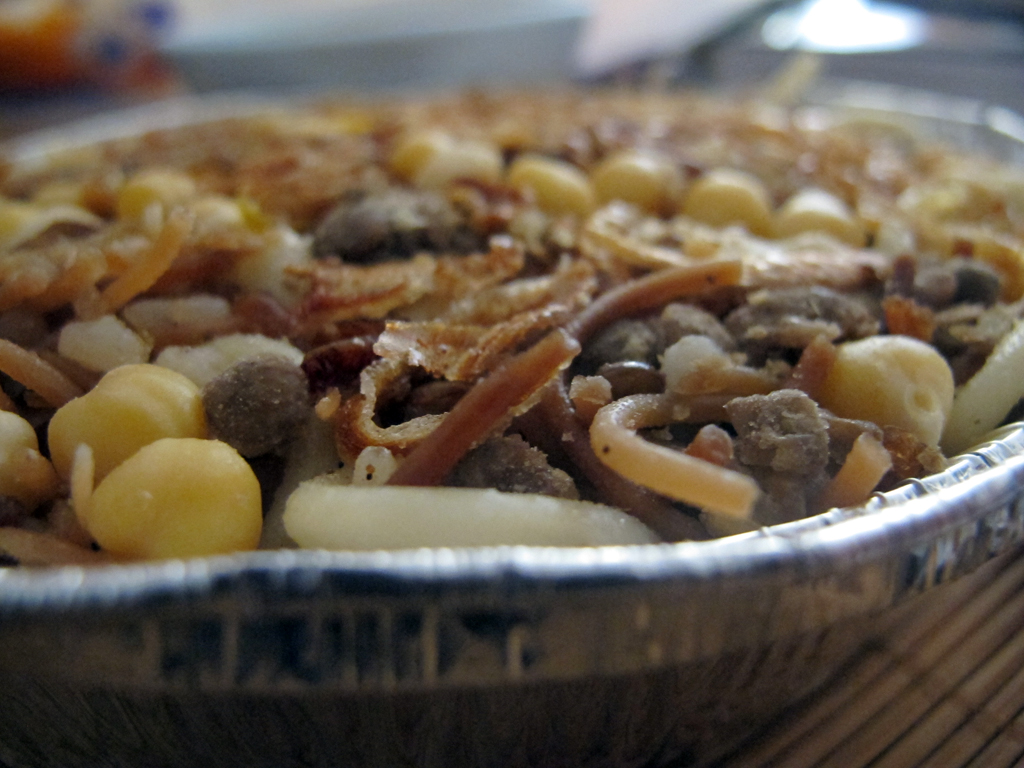
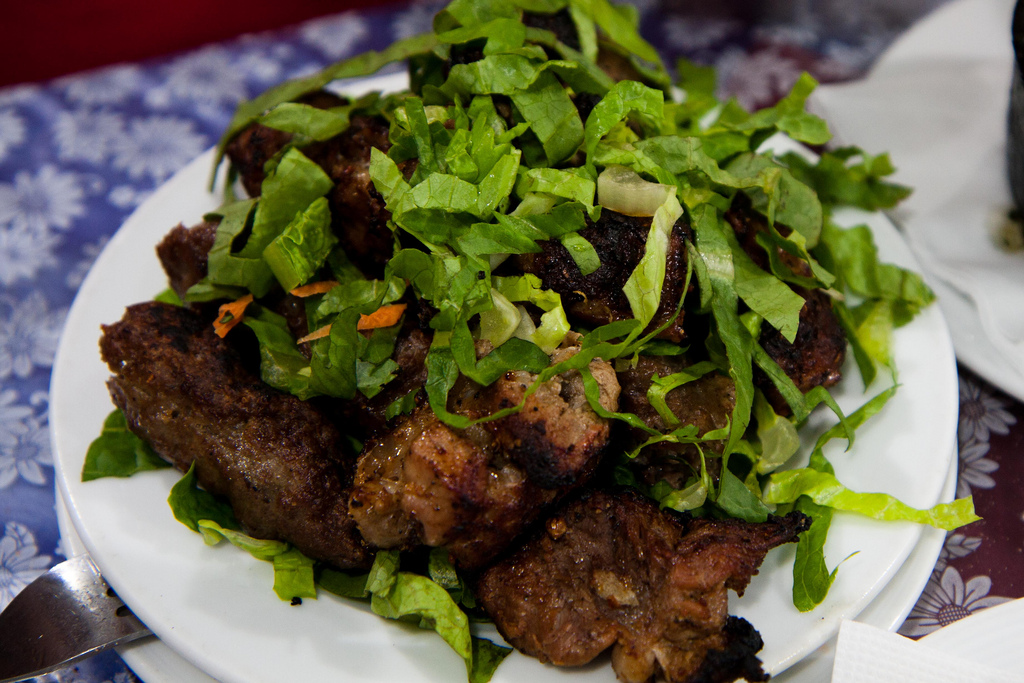
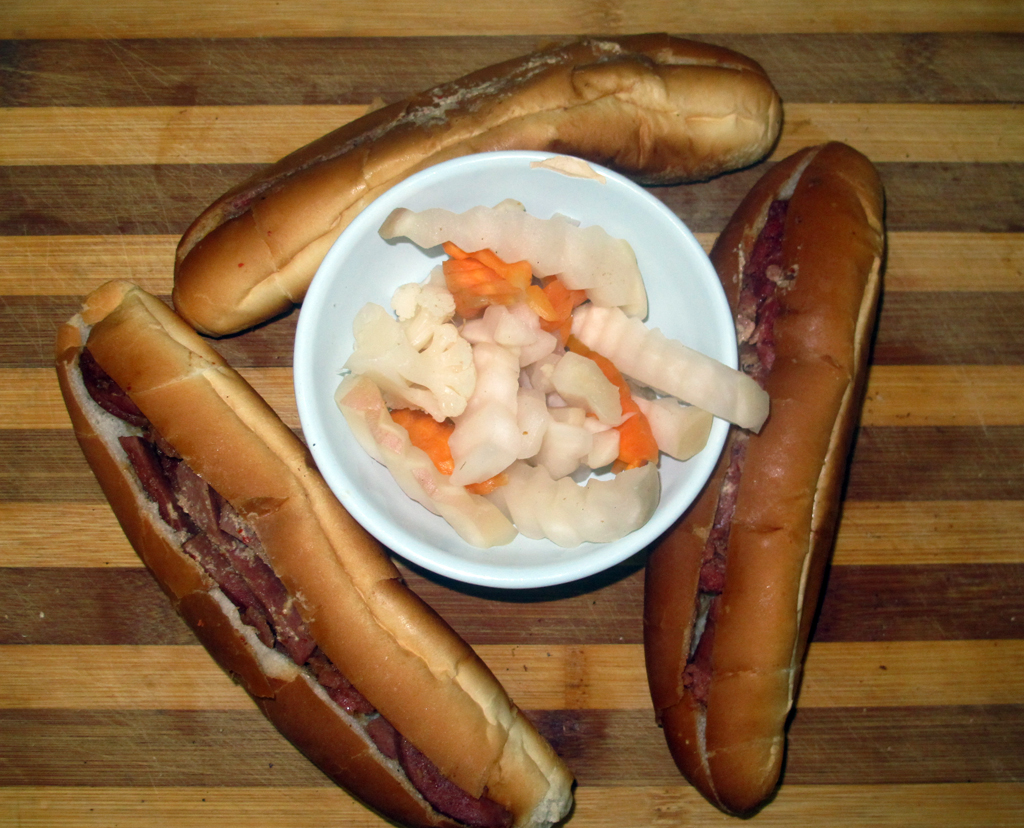
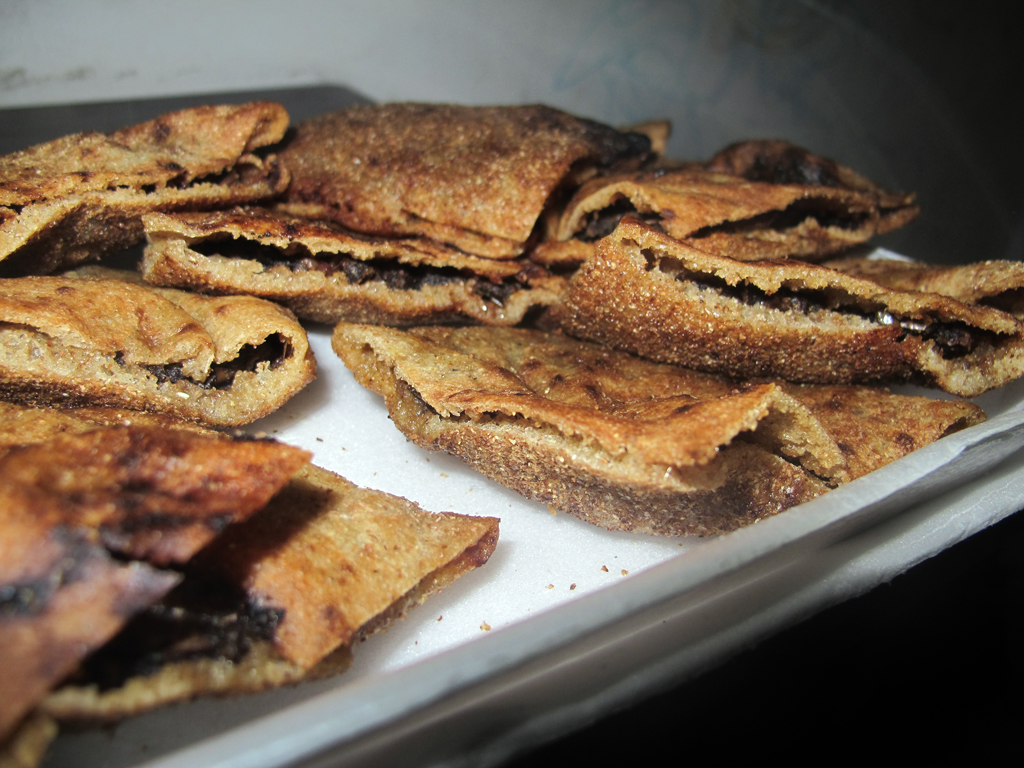
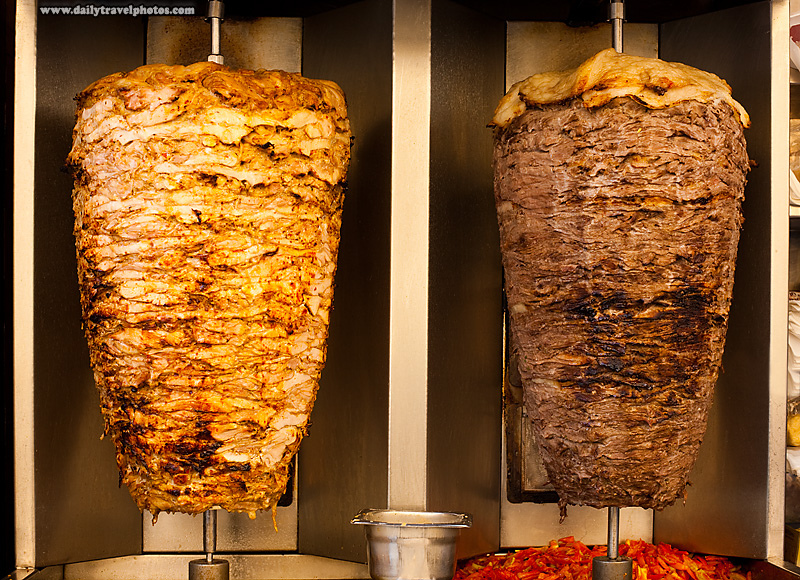
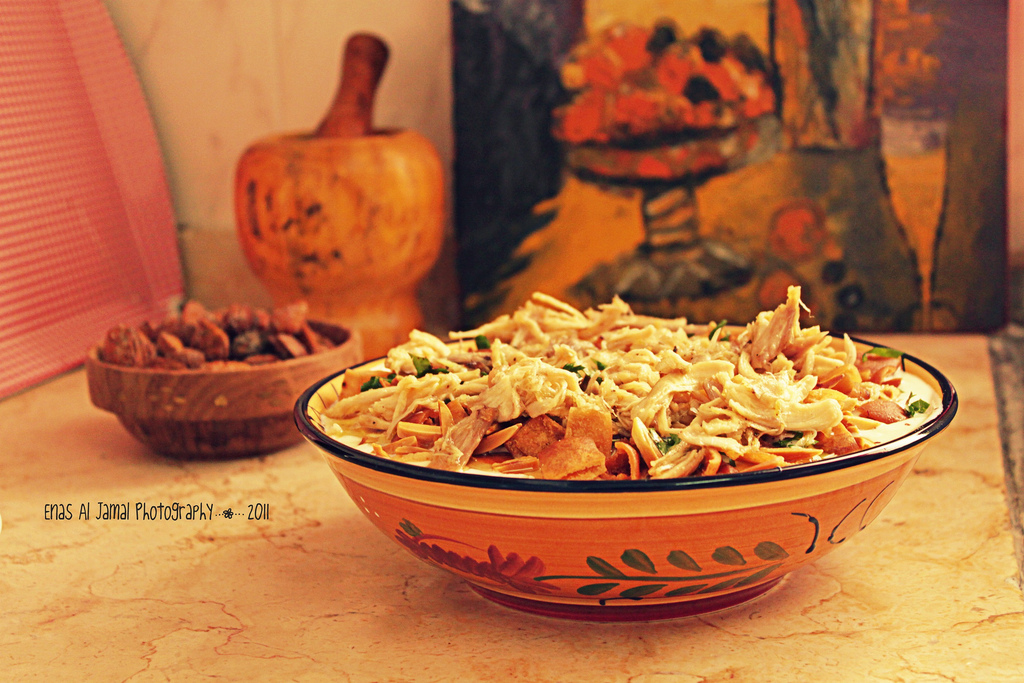
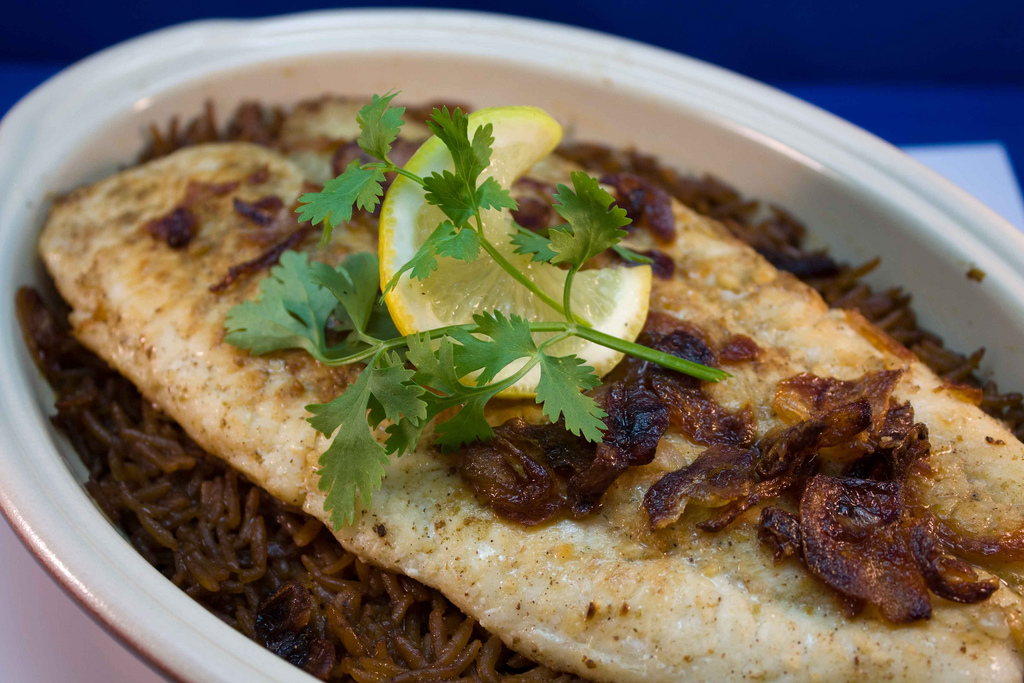
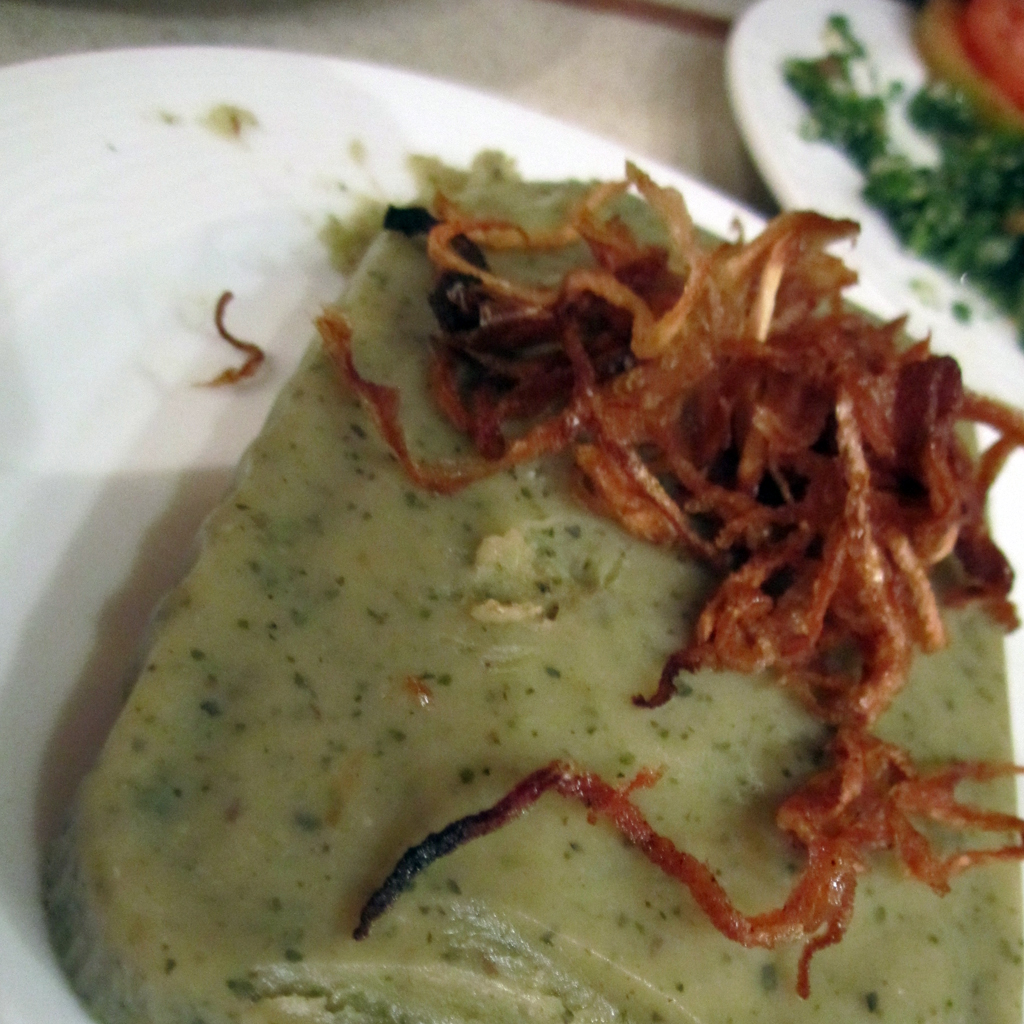
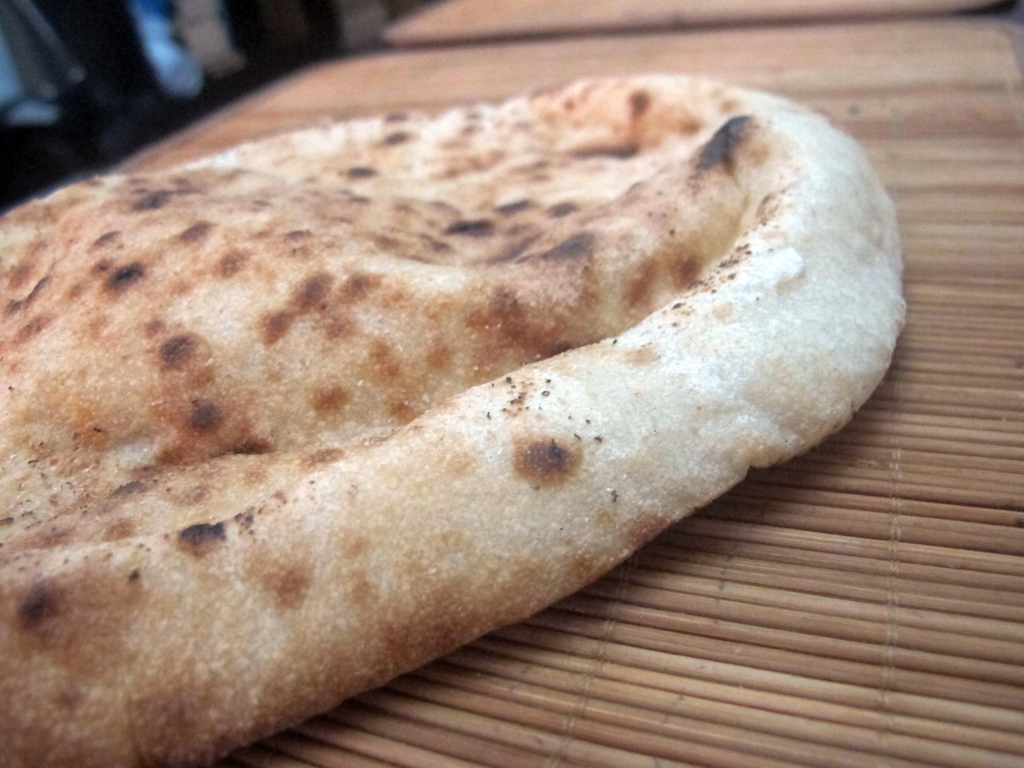








I can’t blame you :)…. Best of luck with your research.
Hi Susan, you are most welcome. Kushari is a fantastic dish with almost everything you need in one bowl! As for the other dish, The only dish I know of that resembles what you described is made with beef liver, a little lemon juice and a bit of spice. If that sounds about right to you, I can definitely grab you the recipe insha’Allah, if not I can still try to dig a beef one up for you. Please feel free to contact me through the contact form with your response. Islam.
Thanks for this. My friends wife is Egyptian and sent over kushari to us tonight, it was amazing!! I was sick a while back and she made the most delicious dish but can’t find it referenced here or anywhere. Maybe you can help. It was thinly sliced meat, I think beef, and green peppers it had just a little bit of sauciness to it. She sent over a big bowl of rice with it. I’d love to make it , I crave it often. I’ve asked for the recipe but so far she hasn’t offered it up. Maybe it’s a family recipe, not sure. She has offered to make it for us anytime, I just don’t feel comfortable asking for that, I’m sure it must be expensive to make. Thanks.
Doing research for a novel. Now my hero can eat something delicious! I’m a bit jealous.
Definitely up there in deliciousness 🙂
Shawerma is best food . Very goood
Thank you again for the reply. The page is not allowing me to use the contact option without having a wordpress account unfortunately. The recipes in Arabic would be ok. I do not know much Arabic, but the person I’m gathering this information for is fluent in Arabic so it should work fine. If you can share the email for the page I can email to give my email address. JazzakAllah khayr for the effort you have invested to help me.
Wa iyaki…. There’s an egg dish called ‘Ijja (basically its a thick omelette) that involves the use of flour as well, some recipes have milk and cheese added to them, but I think you can substitute, you can add just about any kind of vegetable to them, I think including diced potatoes, green onions and diced tomatoes would be fantastic, and very filling. All the recipes I found are in Arabic, let me know if your Arabic isn’t very good and I will dig in and translate. just send me n email through the contact form to make communication easier. Barak Allah feeky.
JazzakAllah, I appreciate your reply. That idea is good. I would still love to hear any other suggestions. This friend is Egyptian but has to eat vegetarian (no cheese, but she can eat eggs) and is concerned especially about Ramadan to have some choices for suhoor. JazzakAllah khayr.
Wa alaykom assalam wa rahmat Allah….. wa iyaki 🙂
Beyond Ful and it’s relatives there’s really not much in way of vegetarian, unless you include cheeses and eggs as well. You can make a dish involving black lentils as the main ingredient, which can be prepared in the same manner as Ful. Let me know if that helps, otherwise let me know and I can come up with a menu for you.
Salaam I’m trying to make a meal plan for a friend who is Egyptian and only will eat Egyptian foods but will be eating vegetarian diet. Can you help me with some good vegetarian Egyptian breakfast ideas? The only one I come up with is ful. JazzakAllah Khayr.
Sorry for the late response, but I would go with no.3 the Kabab wa kofta (Grilled meats). It’s probably the simplest one to make with a lot of recipes online like this one for example: http://www.wasfasahla.com/cooking_recipes.aspx?section=ck1514&recipeId=75
I need to cook one dish for my daughter schoo . Which one it’s the best one
Define gross 🙂
idk some are gross
Hi Emma and sorry for the late response 🙂
You’re more than likely going to be treated mostly to western food fare inside the restaurants, with a concentration on Italian and French cuisine. However, depending on the hotel you’re booked in and the type of accommodation, you may be getting an Egyptian assortment for breakfast instead of a continental breakfast. If you want to get a taste for a more authentic food experience I recommend venturing out to restaurants that are known to serve Egyptian style food.
I’m going to Egypt in June what can I expect to eat at the hotel
We almost messed it up the first time we made it, we had a very small stove to work with 🙂
we got it correct on the second try
the fattah was beautiful but it took a little bit of time to cook it
let me know if you need the recipe for Fattah, I can dig it up and post it.
Sayadeya is definitely an awesome dish, and it’s one of my favourites that my grandmother used to make all the time 🙂 glad you liked it
next is the Fattah
I am from New Zealand and I am 11 yrs old me and my aunty marilyn tried the sayadeya
They’re very yum indeed 🙂
looks yum cant wait to try to cook them at home
Wa iyaki… The recipe for Molokheya is very simple, I will prepare and send in another reply so stay tuned…
You will find there’s a lot of similarities between Egyptian and Greek Cuisine, Egyptian cuisine is a type of fusion that has been assimilated throughout hundreds of years. We even have Mosaka 🙂
I’ve never eaten Egyptian cuisine. But I’d love to try making one of the dishes (kushari), even though I’m not vegetarian. Some of the foods are similar to Greek cuisine, like hummus and falafel.
Jazakallah for the information….i would also like to know about malookh sauce.
You are very welcome, let me know if there’s anything else that you need help with and I will do what I can insha’Allah.
Thank you for the information. I am working on the Egyptian studies about Egypt. This is very valuable info for me. Keep up your good work.
Hi Leecie,
First off thanks for your comment, there’s absolutely nothing stupid about your question. That’s how we learn, by asking questions and finding out the answers my friend. There’s lots that you can put in your brochure about Egypt, seeing how far it goes back in history, but when it comes to “Egyptian food”, it’s one of the hardest things to write about. For the most part it is the fusion of all the cultures that interacted with Egypt throughout the millennia, with a heavy Mediterranean influence. Depending where you are in Egypt a particular cuisine will have more impact than others, in the south you will find more African and Arabian influences, in the Sinai and where a majority of Bedouins live, in the east and west deserts the influence is Arabian. And so on. What I have on the website is just a small sampling of the myriads of foods Egyptian eat on a regular basis. Send me an email through the contact form with your questions and I will help as much as I can.
Feel free to use any of the information on the website, but please include a reference to it.
Hi! I’m in 8th grade, and at school this year we have to do a travel brochure on egypt. i have tried googling about the egyptian food and what they really eat but i have found different awnsers.I need to know what is really the case! could you maybe give me some advice on what to put in my brochure? i know it sounds stupid but i just cant figure it out myself. please help.
You are absolutely right, Egyptian cuisine is much more than its street food, and I was contemplating putting home cooking into the mix, but the many different ways these dishes are prepared from one household to the next makes that a daunting task. As for the Feteer, that one should have taken the top rank 🙂
the article is generally nice although it presents the street Egyptian food – as usual – as an equivalent to the Egyptian cuisine. I think we have 2 different concepts here. however this trial to get the Egyptian Kitchen known is to be encouraged. By the way, I expected to see Feteer (the unique Egyptian Pie) with it’s sweet and salty
varieties.
Dear Anurag, I just sent you an email with the permission and the details associated with it. Thanks.
Dear Sir,
We have got an invitation to write a book chapter on chapatis and related products. For this we want to use the picture of baladi posted on your website.
Kindly give your permission for the same.
regards
Anurag Singh
Assistant Professor
Department of Food Science and Technology
National Institute of Food Technology Entrepreneurship and Management (NIFTEM)
(Deemed to be University, Under MoFPI, Govt. of India)
Plot No. 97, Sector 56, HSIIDC Industrial Estate
Kundli, District- Sonipat, Haryana – 131 028